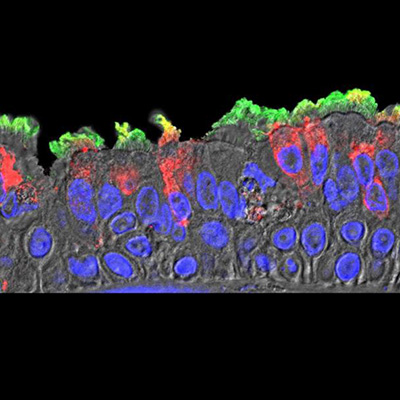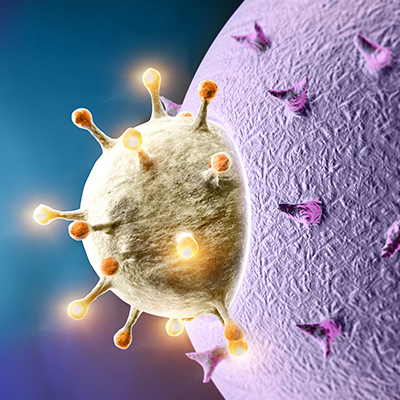June 9, 2020 -- Different proteins associated with SARS-CoV-2, the virus that causes COVID-19, generate unique immune responses when given to rabbits as immunizations, according to a June 8 Science Translational Medicine article.
The spike glycoprotein of SARS-CoV-2 has been identified as a key target for protective antibodies that could be part of a vaccine. Consequently, multiple versions of the SARS-CoV-2 spike protein are currently under evaluation as vaccine candidates using a variety of modalities and delivery systems. However, there is limited information available for the immune responses generated following vaccination by the various spike vaccine candidates.
It is important to evaluate postvaccination antibody responses to determine the immune responses elicited by spike-based vaccine candidates and to determine immune markers that could indicate a clinical benefit.
To evaluate vaccine-induced antibody responses in an animal model, researchers from the Center for Biologics Evaluation and Research at the U.S. Food and Drug Administration (FDA) immunized rabbits with several SARS-CoV-2 spike proteins. These included the spike ectodomain (S1+S2), the S1 domain, the receptor binding domain (RBD), and the S2 domain (lacking the RBD, as a control).
Specifically, the team wanted to gain a better understanding of the humoral immune response generated by different vaccine antigens, including antibody epitope repertoire, antibody binding affinity, and functional activity.
The researchers found that sera generated by S1+S2 ectodomain, S1 domain, and RBD showed virus neutralization of 50%-60% in a SARS-CoV-2-FBLuc single-cycle pseudovirus neutralization assay in Vero E6 cells after a single vaccination, and 93%-98% after two vaccinations. The RBD-immune sera showed better functional activity than the other vaccine antigens as a result of higher affinity antibodies after the second vaccination.
Postvaccination sera were analyzed by genome fragment phage display libraries covering the entire spike gene (SARS-CoV-2 GFPDL). The S1+S2 antibodies induced a diverse antibody response, binding to epitopes spanning the RBD. The S1 domain also elicited a strong response against the C-terminal region of the S1 protein and bound to epitopes in the N-terminal domain and RBD regions. The recombinant RBD induced high-titer antibodies focused primarily to the receptor binding motif and predominantly binding long epitope sequences (likely conformational epitopes), unlike the other antigens.
The researchers found that the S2 domain did not produce as many neutralizing antibodies as compared to RBD or the S1 domain. Enzyme-linked immunosorbent assay (ELISA) revealed that although S2 contains the fusion peptide, it does not appear to be as immunogenic in generating binding antibodies. Overall, antispike antibodies from surface plasmon resonance (SPR) analysis were at least 80% immunoglobulin G, 10%-15% immunoglobulin A, and only minimal immunoglobulin M. RBD immunization generated the highest titers among S1+S2, S1, and RBD.
Therefore, the researchers offered that RBD immunization may be the most effective as it generated more high-affinity antibodies than the vaccines based on either S1 or the S1+S2 ectodomain. High-affinity antibody responses have been associated with clinical benefits in other studies. The researchers suggested that it is important to assess antibody affinity maturation during SARS-CoV-2 vaccine trials, as it will provide a more complete picture of the immune response than antibody binding titers and virus neutralization alone.
The researchers noted that the commercial SARS-CoV-2 antigens were manufactured in different systems (insect or mammalian cells), so glycosylation and other modifications may be present. Also, because the rabbits in the study were not challenged, the vaccines' protective capabilities were not tested. But they offered that the ability to produce high-affinity antibodies may enhance the protective properties of vaccines and should be considered in vaccine design.
Do you have a unique perspective on your research related to immunology or infectious diseases? Contact the editor today to learn more.
Copyright © 2020 scienceboard.net











